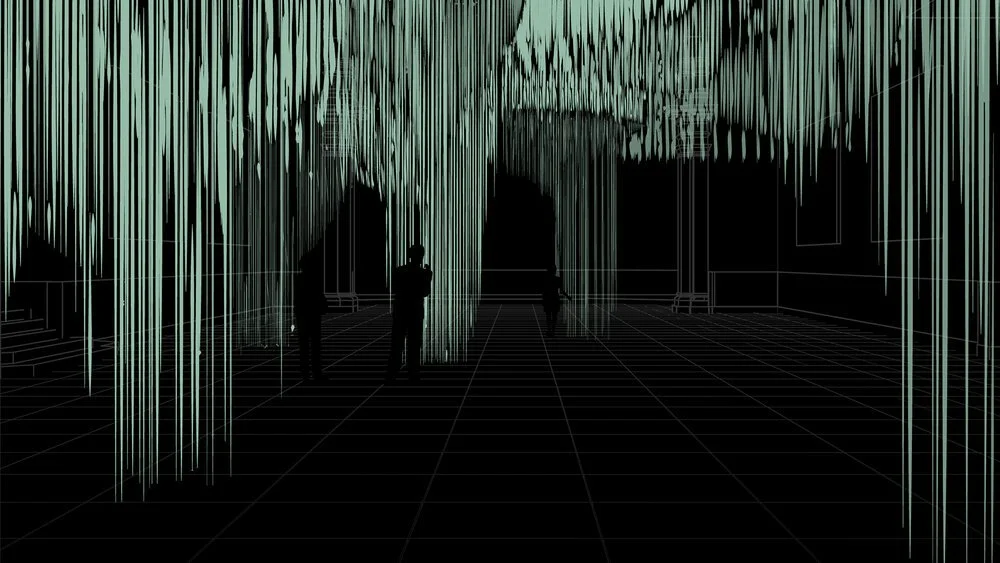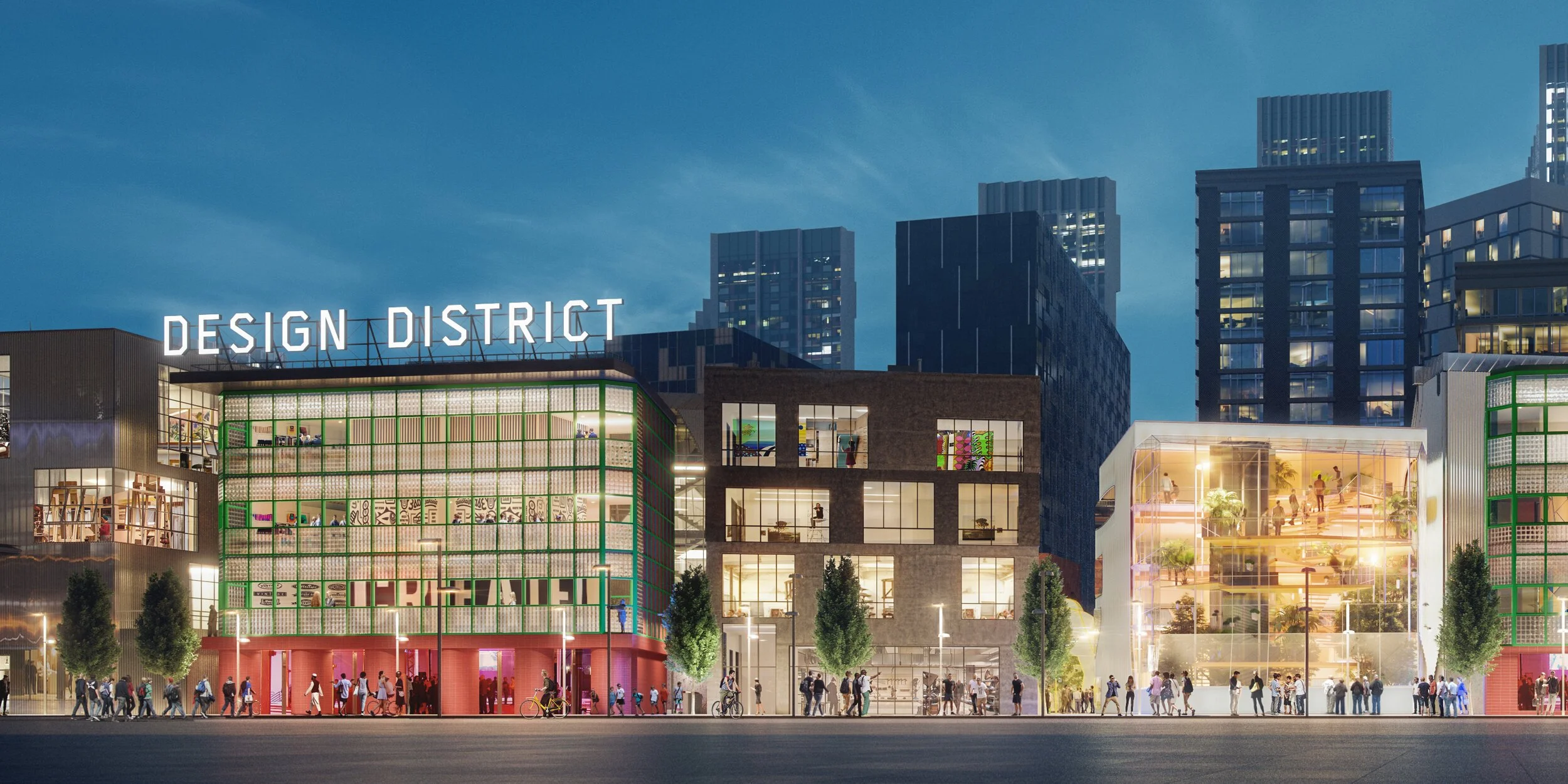London Design Festival : making the most of the event
The London Design Festival is fast approaching so we spoke to Katherine and William Knight from The Renew Consultancy on how to prepare for it.
Design promotion and planning for change
Well-established certainties are gone in the design promotion world. September will roll around, but even now, with just a few weeks to go, whilst we assume it will be closer to the event we know and love, it's impossible to predict how London's critical month for design activity will look and feel.
Despite the challenge of managing change, it is still possible to deliver attention to your product, brand or project as well as great audience experiences.
Planning event activity
Establishing and sticking with the purpose of your activity is the first step.
Agreement on what you are trying to achieve is essential, as is keeping this front and centre of your planning. No matter how you end up producing your programme, it's best only to change the details of how it's delivered.
A considerable dose of flexibility is essential.
Although it's exhausting - and confusing given the shifting sands - having a small number of contingency plans is going to help. From a physical event to a fully online programme, lining up options will allow you to sleep better! Put a decision timeline against it for key milestones, and don't forget audiences are much more forgiving at the moment and appreciate plans change; so, if you switch to a digital platform and tell people in time, they will go with you.
Source: LDF
Creating content for London Design Festival
Content is king (or queen); line up everything you need to bring your project to life and confirm how you're going to tell the story.
Try and think about this from a visitor perspective; what are they going to experience and learn? And importantly, where do you want to direct them to secure your desired outcomes, be it sales, data capture etc.
As communications experts, PR teams will always want assets to use as part of a campaign, so build up a small range of assets.
The most obvious is photography.
Getting this done and ready to use is vital for marketing, press work and digital channels. A strong lead image can carry the profile of a project a long way.
Spend time preparing elements such as project descriptions, quotes and related materials, which frees you up to be responsive to other opportunities or add content to your schedule as the event gets closer.
Human content works well, particularly in the lead up to an event; simple and informal recordings of your designer talking about a project for social media, for example, will engage visitors.
Collaboration and connection
Working collectively as part of a sprawling programme is a brilliantly effective way of achieving a lot with less.
The Festival’s design districts are the most obvious example of this, with eleven lined up across the capital for this year's programme: from the well-established networks of Brompton and Shoreditch to relative newcomers such as Park Royal and Design District London on the Greenwich Peninsula. Being part of a district helps share the burden of attracting audiences and lends you an activity schedule, as the spotlight shifts from one to another throughout the Festival.
If your space is not part of a design district, linking to local destinations or experiences is worth considering. Can you wrap your visitor experience up to include an independent or local specialist shop or a drinking/eating spot that is a hidden gem (even better, secure discounts for visitors there)?
Suffice to say, thinking about the visitor experience once visitors are over the threshold is essential. It's amazing how simple, physical aspects of this experience can make a difference - being welcomed with a refreshing drink and somewhere to sit means you'll keep hold of your visitor for longer and give you an opportunity to talk to them.
With media titles, industry figures, brands, and products that compliment your project, strategic partnerships will also help. Events provide opportunities for you to approach people or companies that you admire or have a synergy with. Tie-ins don't even need to be commercial; is there something you can host, support or help to raise funds? A big focus for the design sector is supporting emerging talent - does your activity provide an opportunity to showcase the work or skills of recent graduates, for example.
Creating digital content for an event
Get the digital channels working early.
This is an integral part of the conversation with audiences and can lend the project a narrative, engage audiences early and enable buy-in to a creative project as it develops. For obvious reasons, there isn't currently a lot of chatter around the London Design Festival at the moment, so there is an opportunity to let audiences know what you're planning, how they can get involved, or what to expect.
Start following key accounts and hashtags to get a sense of what is going on, #LDF22 being an obvious one. Get going on planning an Instagram grid early, allowing for flexibility as always, so that you have a clear plan of what to share when. And maximise your platform tools! From Reels, IGTV and Stories on Instagram to LinkedIn Stories, these will all boost your exposure.
Pro tip:
Save your key hashtags into a notes tool so that you can have them to hand and don’t need to type them each time (And remember to Capitalise Those Hashtags for screen readers!)
Connect with partners and especially the ones you are closest to.
Can you work with your partners to share content and event information on their social media channels? This can apply to local businesses, sector-specific partners or suppliers and even clients. Can you team up with another brand and run an IG Live on a particular topic for example? Something that will engage your target audience that might be interested or attending your event?
Finally, create your own event hashtag and include your specific location too so that people can find your content easily and share their own if they visit you. Make sure it’s included in all your marketing materials so that it’s prominent. User-generated content will make a huge difference to your reach so encourage people to take snaps of your showroom, event or whatever you have planned and share them. Have someone on your team dedicated to sharing content via Stories for example during the Festival. Make sure they are sharing tagged content, responding to comments and queries promptly and engaging with those audiences you are looking to connect with.
Planning for international audiences
Finally, remember that not everyone will be able to or will want to attend in person, so planning for content that will make them feel included regardless of geography will be really important.
What would you like remote or international audiences to take away from your event if they are viewing elsewhere? It could be as simple as including different time zones in your social media content if you are sharing an event start or end time.
If you are planning in-person talks, consider filming and sharing them on IGTV after or running them as an IG Live if they are not too long.
You want to be a trusted source of information for what is going on both for your brand and elsewhere throughout the event period.
Working with a PR agency on your communications plans
Working with a events professional and PR agency can be key to great content and successful communications, no matter what platform you end up using for your event.
A good PR is there to provide press liaison, provide content suggestions, strategic and other links, and help steer your project. A curator or content expert will define the language for the project and ensure it hits the mark with audiences, both general and specific. Appoint and integrate as much as the budget allows.
The key challenge in any design promotion activity - particularly during these times - is to create something original and distinctive. Making sure your audience can understand it, access it and enjoy it is critical.
Digital or physical stick with these principles, and success will come your way. Good luck!
And if you still feel overwhelmed, then Sandford can help of course! Get in touch to see how we can help you power up your event.




